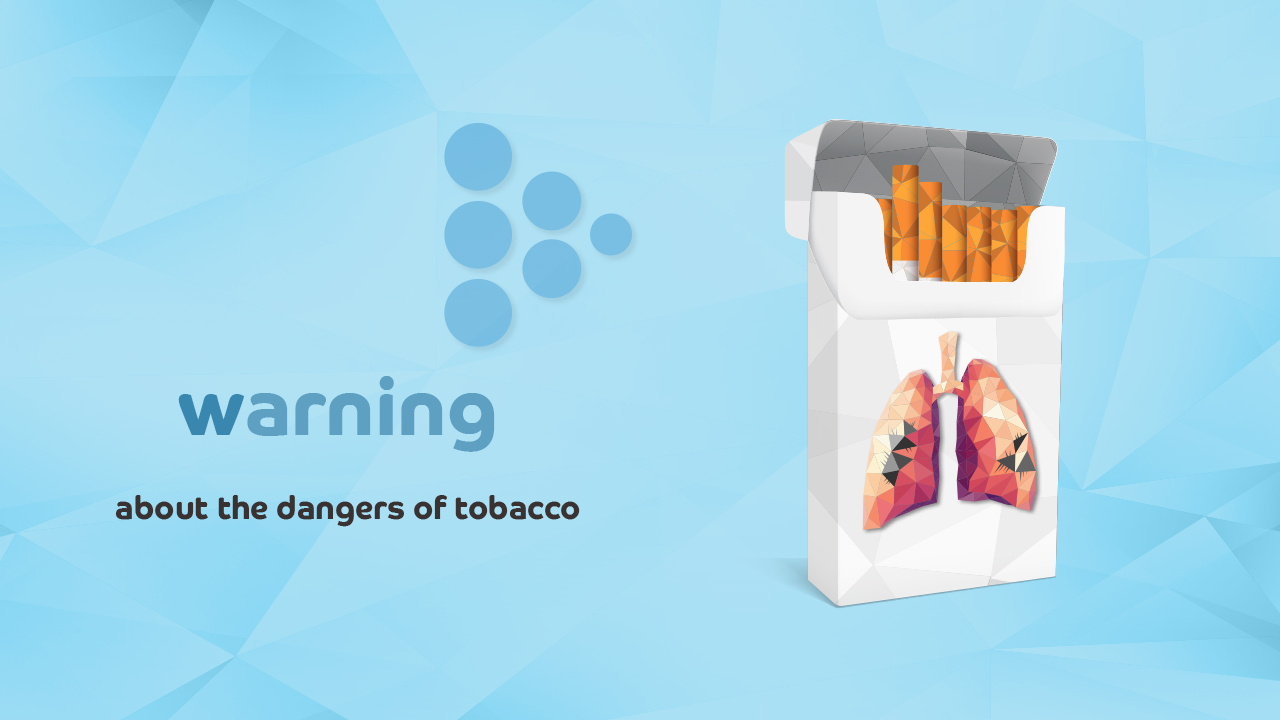
Context
Bahrain ratified the WHO Framework Convention on Tobacco Control (FCTC) on 20 March 2007. To enhance tobacco control efforts, the issuance of Royal Decree No. 8 of 2009 played a pivotal role as the first comprehensive tobacco control law in the Kingdom.
In line with Article 11 of the WHO FCTC, Bahrain implemented a crucial measure requiring health warnings on all tobacco packages. This requirement was specified under Article 18 of Royal Decree No. 8 of 2009. The legislation mandated that health warnings be applied to various types of tobacco products and adhere to the WHO FCTC's guidelines. The warnings were to be displayed in both Arabic and English languages, providing information on the constituents and emissions of tobacco.
Bahrain's decision to implement health warnings on tobacco packages was driven by the evidence-based recommendations of the WHO FCTC. By adopting these recommendations, the country aimed to raise public awareness about the dangers of tobacco use and mitigate the appeal of tobacco products. However, it was recognized that a more comprehensive adoption of the guidelines outlined in Article 11 of the WHO FCTC was necessary to further amplify the impact of these measures and reduce tobacco consumption.
Initiative
In pursuit of its objectives, Bahrain, along with other Gulf Cooperation Council (GCC) countries, formulated GSO 246/2011 for the labelling of tobacco product packages through the GCC Standardization Organization in 2011. The process of adopting this GSO involved extensive meetings and discussions to establish unified specifications for pictorial health warnings on tobacco products that would comply with the requirements of the WHO FCTC for all GCC member countries. The GCC Tobacco Control Committee, the Standards and Specifications Committee, and the Ministries of Trade and Commerce collaborated continuously to achieve this goal. The GSO aligned with a broader set of guidelines within Article 11 of the WHO FCTC, particularly those concerning pictorial health warnings.
Consequently, Bahrain officially implemented pictorial health warnings for the first time through Decision No. 16 of the Ministry of Industry in 2012. Starting in August 2011, suppliers of tobacco products were prohibited from introducing any items with the old packaging. The Ministry of Health, the Ministry of Interior (Customs Directorate), and the Ministry of Industry and Commerce worked together to oversee this process. Suppliers were granted a grace period of six months to sell the existing stock in stores. From February 2012 onwards, only tobacco products carrying pictorial health warnings were available for sale at point-of-sale locations in all GCC member countries. In 2014, another GSO was issued by the GCC Standardization Organization, which established the permissible and impermissible tobacco additives.
Challenges and lessons learnt
Since the implementation of pictorial health warnings on tobacco packages, Bahrain has faced a significant challenge in the form of interference from the tobacco industry. The industry has employed manipulative tactics to impede or prolong the implementation of this measure. Additionally, during the initial stages of implementation, there were a few incidents of illicit sale of tobacco products without the mandated health warnings. However, the Ministry of Health and the Ministry of Interior (Customs Directorate) effectively addressed these occurrences.
While GSO 246/2011 was aligned with the guidelines of Article 11 of the WHO FCTC, there were certain requirements that were not explicitly incorporated. These include:
Placing the warning at the top of the primary display areas of the package and ensuring its presence on every package and any external packaging and labelling used in retail sales.
Prohibiting the use of figurative signs, colours, numbers and descriptors depicting flavours as substitutes for misleading terms and descriptors on tobacco packaging and labelling.
Banning the display of quantitative information on emission yields (such as tar, nicotine and carbon monoxide), even when used as part of a brand name or trademark, as well as the display of qualitative information on relevant constituents and emissions of tobacco products on packaging and labelling.
Establishing or mandating fines for violations related to health warnings on packages.
Restricting the display of expiry dates on tobacco packaging.
Requiring the inclusion of the quit line number on packaging or labelling.
Mandating plain packaging.
These aspects highlight additional areas where further attention and consideration may be necessary to enhance tobacco control measures in line with the WHO FCTC guidelines.
Impact
Although there has been no specific measurement of the direct impact resulting from the implementation of pictorial health warnings on tobacco products, data obtained from the Global Youth Tobacco Survey conducted in 2015 provides valuable insights. According to the survey, approximately 44.6% of youth who were current smokers reported contemplating quitting as a result of the warning labels. This suggests a positive influence on young smokers' attitudes and intentions towards tobacco use.
Next steps
Bahrain has formulated a plan to increase the coverage of pictorial health warnings on tobacco product packaging, aiming to encompass 70% of both the front and back display areas. Ongoing efforts are being made to progress towards this objective. However, in light of Saudi Arabia's initiation of plain packaging implementation and the evolving circumstances within the GCC, other GCC member countries, including Bahrain, are shifting their focus towards directly adopting plain packaging measures. The implementation of plain packaging is currently under negotiation within the GCC Committee of Standards and Specifications, indicating a proactive approach towards advancing tobacco control efforts in the Region.
References
MPOWER measures to reduce demand for tobacco
WHO Framework Convention on Tobacco Control
Story originated in 2019.








